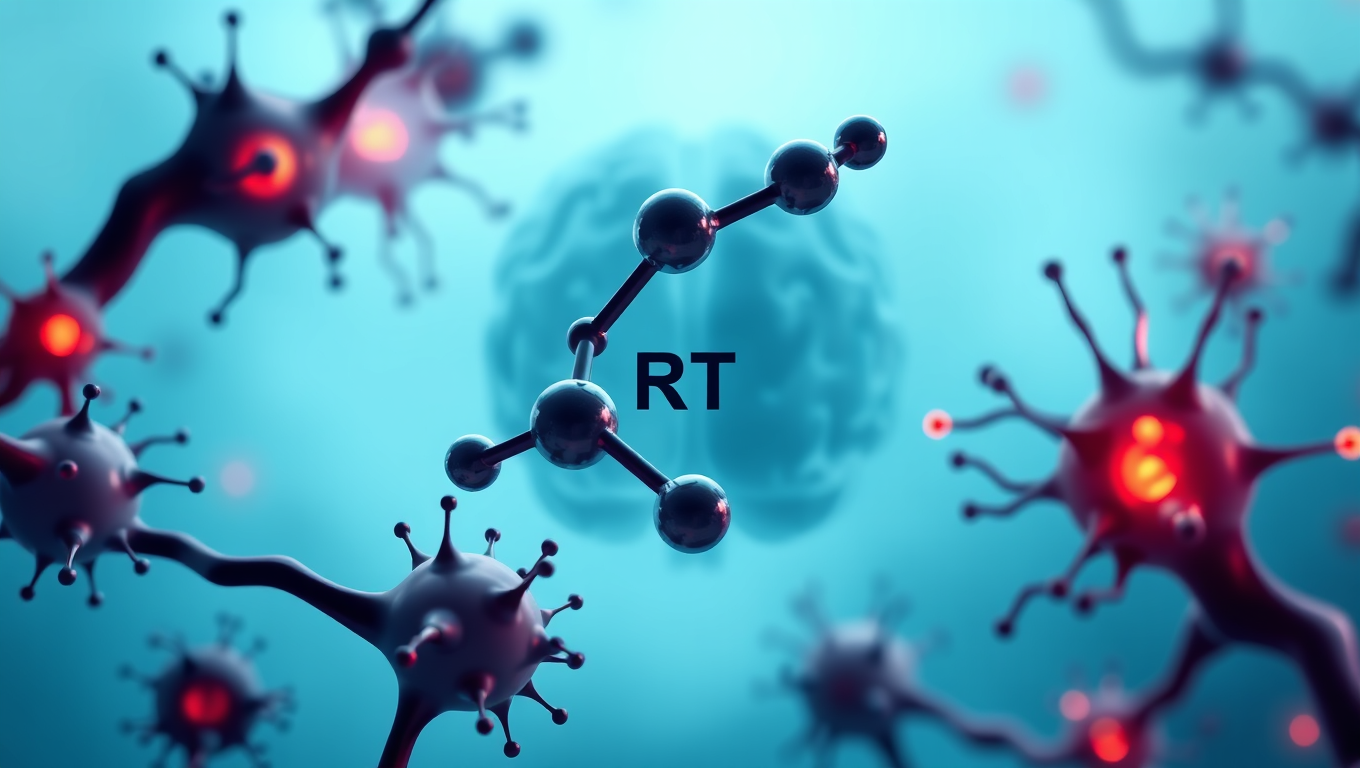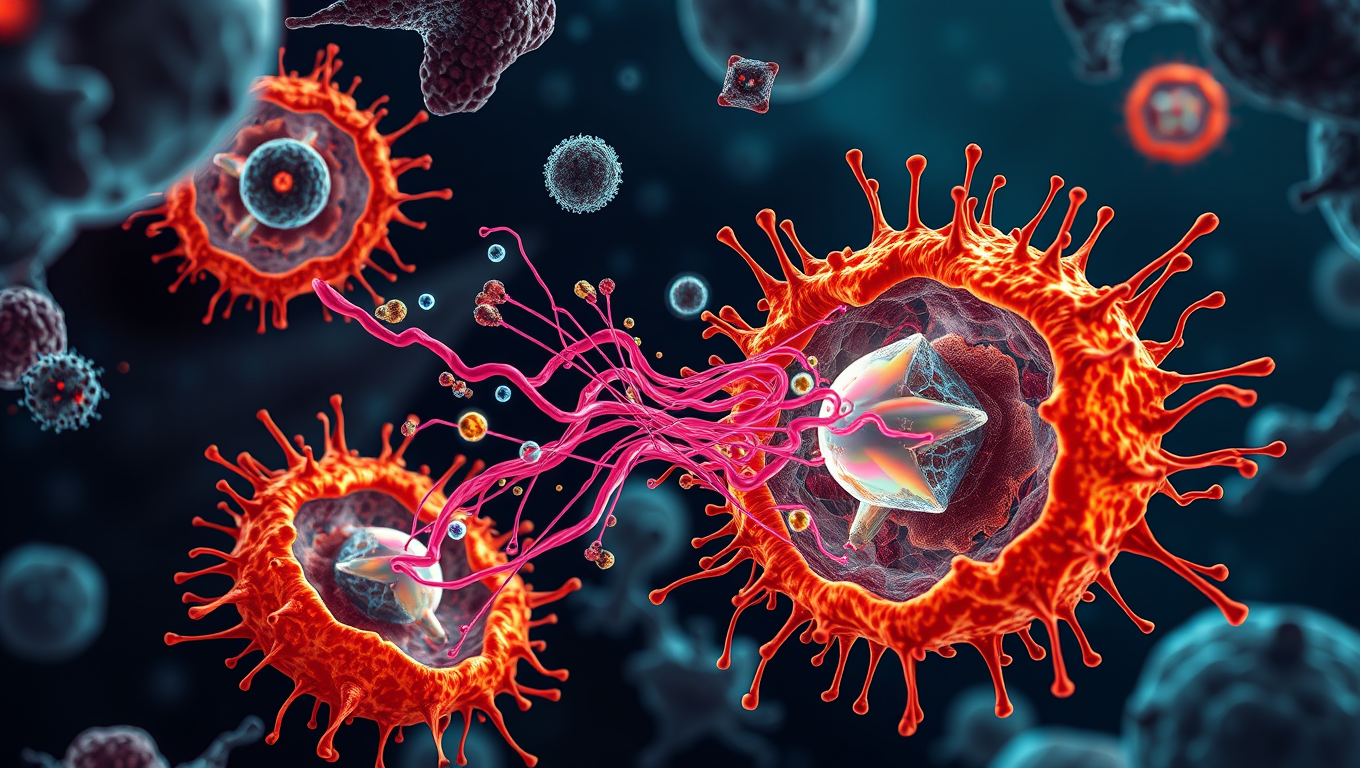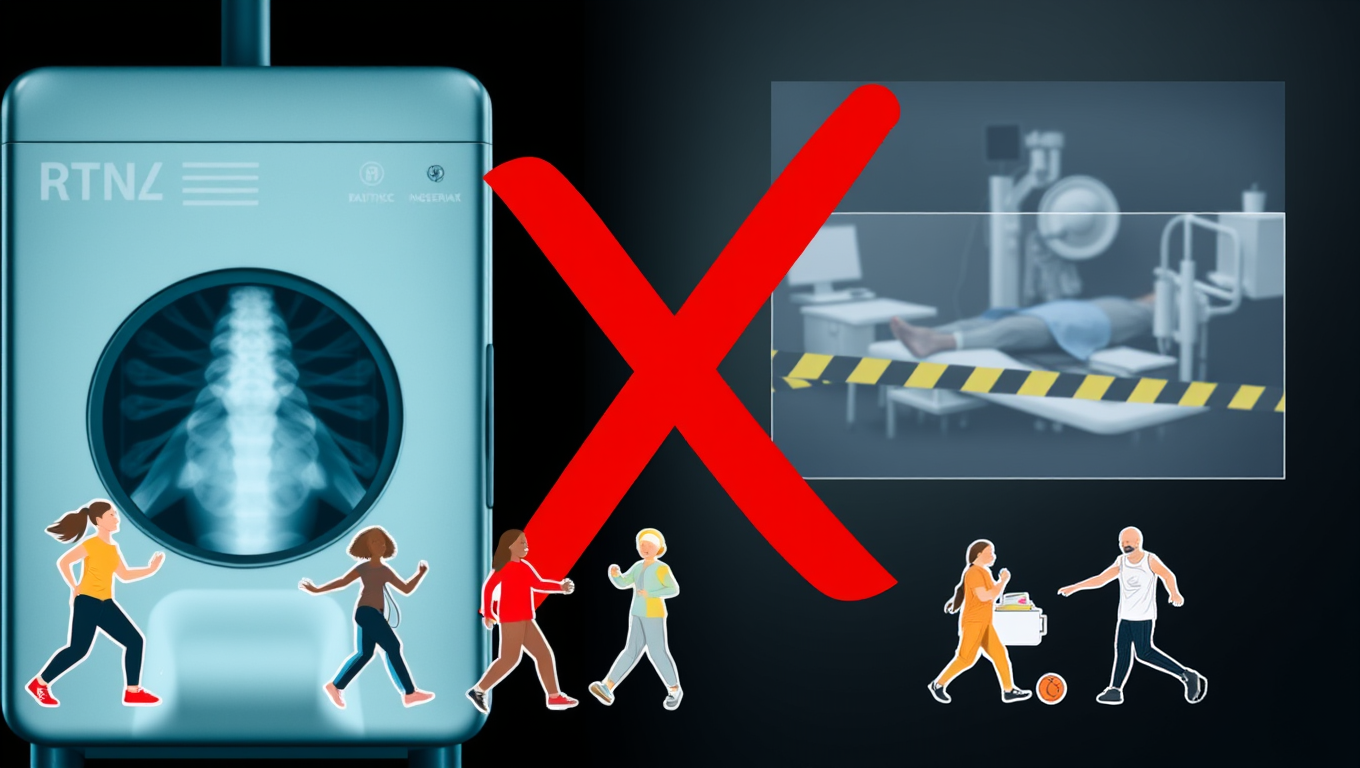While we try to keep things accurate, this content is part of an ongoing experiment and may not always be reliable.
Please double-check important details — we’re not responsible for how the information is used.
Health & Medicine
Breaking the Hallucinogenic Barrier: Researchers Develop LSD Analogue for Treating Schizophrenia
Researchers have developed a new, neuroplasticity-promoting drug closely related to LSD that harnesses the psychedelic’s therapeutic power with reduced hallucinogenic potential.

Birth Control
Scientists Uncover Groundbreaking Treatment for Resistant High Blood Pressure
A breakthrough pill, baxdrostat, has shown remarkable success in lowering dangerously high blood pressure in patients resistant to standard treatments. In a large international trial, it cut systolic pressure by nearly 10 mmHg, enough to significantly reduce risks of heart attack, stroke, and kidney disease. The drug works by blocking excess aldosterone, a hormone that drives uncontrolled hypertension.
Gastrointestinal Problems
“Cells’ Hidden Shortcut for Healing May Fuel Cancer”
Scientists have uncovered a surprising new healing mechanism in injured cells called cathartocytosis, in which cells “vomit” out their internal machinery to revert more quickly to a stem cell-like state. While this messy shortcut helps tissues regenerate faster, it also leaves behind debris that can fuel inflammation and even cancer.
Arthritis
The Alarming Impact of Routine X-Rays on Arthritis Patients’ Decisions
Knee osteoarthritis is a major cause of pain and disability, but routine X-rays often do more harm than good. New research shows that being shown an X-ray can increase anxiety, make people fear exercise, and lead them to believe surgery is the only option, even when less invasive treatments could help. By focusing on clinical diagnosis instead, patients may avoid unnecessary scans, reduce health costs, and make better choices about their care.
-

 Detectors8 months ago
Detectors8 months agoA New Horizon for Vision: How Gold Nanoparticles May Restore People’s Sight
-

 Earth & Climate9 months ago
Earth & Climate9 months agoRetiring Abroad Can Be Lonely Business
-

 Cancer9 months ago
Cancer9 months agoRevolutionizing Quantum Communication: Direct Connections Between Multiple Processors
-

 Albert Einstein9 months ago
Albert Einstein9 months agoHarnessing Water Waves: A Breakthrough in Controlling Floating Objects
-

 Earth & Climate9 months ago
Earth & Climate9 months agoHousehold Electricity Three Times More Expensive Than Upcoming ‘Eco-Friendly’ Aviation E-Fuels, Study Reveals
-

 Chemistry9 months ago
Chemistry9 months ago“Unveiling Hidden Patterns: A New Twist on Interference Phenomena”
-

 Diseases and Conditions9 months ago
Diseases and Conditions9 months agoReducing Falls Among Elderly Women with Polypharmacy through Exercise Intervention
-

 Agriculture and Food9 months ago
Agriculture and Food9 months ago“A Sustainable Solution: Researchers Create Hybrid Cheese with 25% Pea Protein”





























